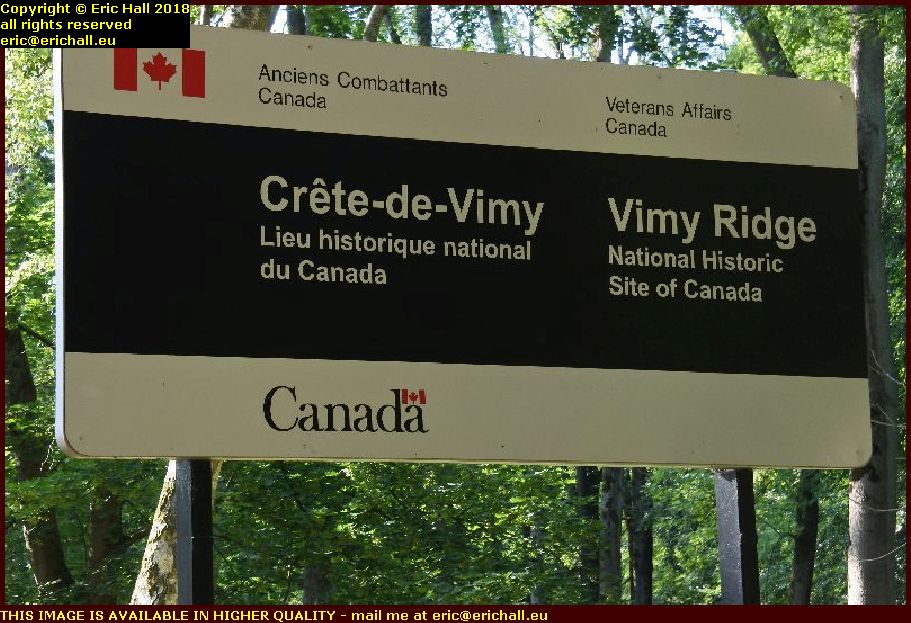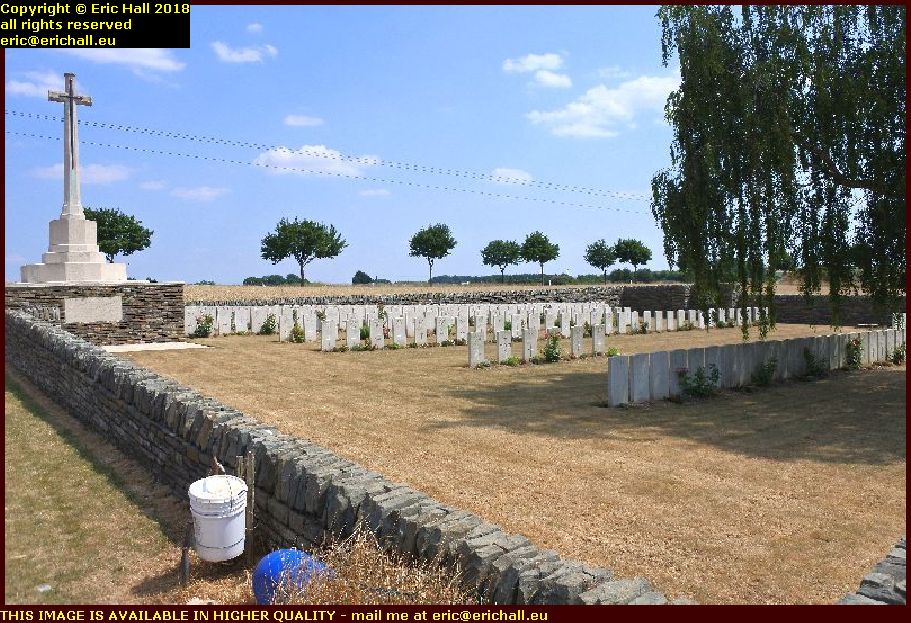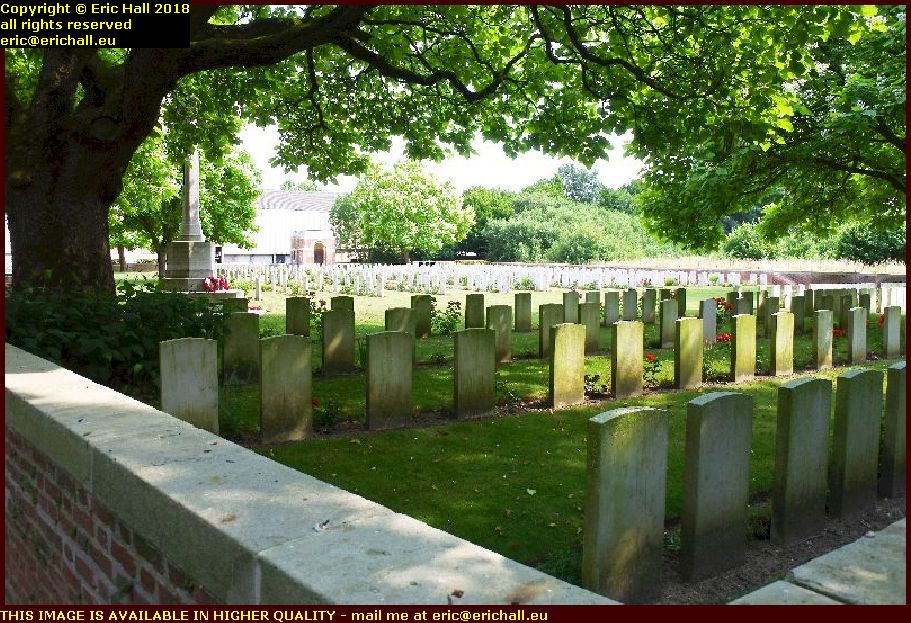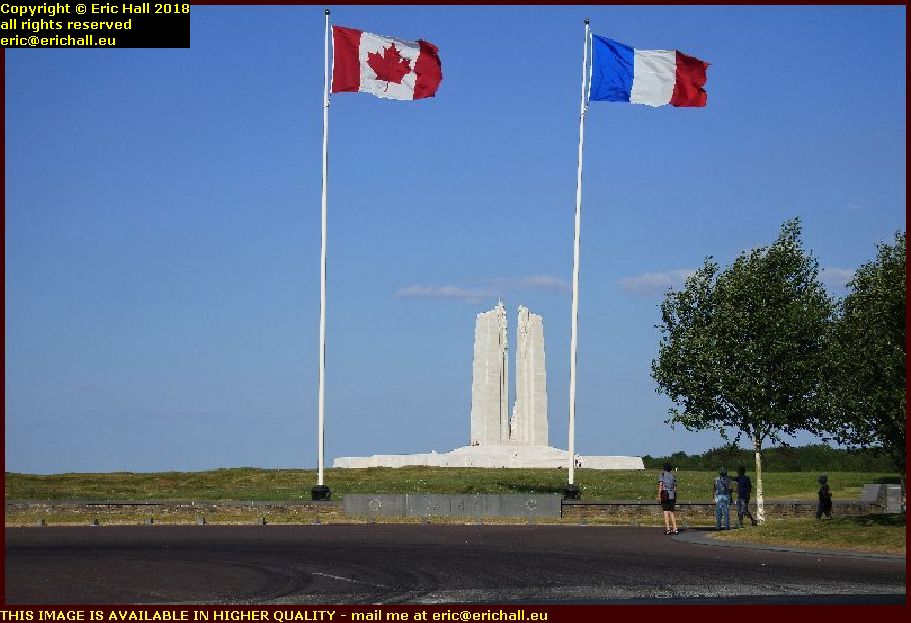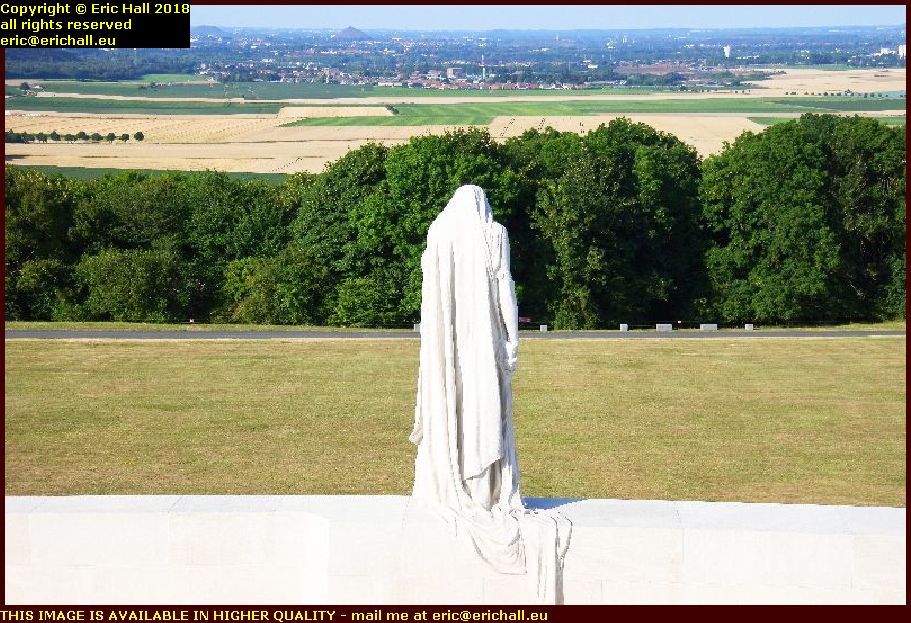… make it to Canada today, I was actually in Newfoundland and Labrador too!
But more of that anon.
With something of a very disturbed sleep (and I’ve no idea why) I finally crawled out of bed at some time rather later than the alarm.
There was plenty of work to be done this morning but for some reason or other I wasn’t really in the mood enough to do it. I don’t know where my energy seems to have gone to at all.
Anyway, at 09:00 and the morning rush-hour gone, I went outside and hit the streets. First stop was to load up with food as the lunchtime stuff is getting low, but would you believe that I drove all of the 45 kilometres to Serre, all the way through the city of Arras and several other small towns, and didn’t even find a single supermarket?
Serre was one of the vital points on the Somme front line that needed to be taken, but the attack had bogged down long before the village had been reached. The “Accrington Pals” who had attacked the village had been decimated.
All around the area are several cemeteries that contain the bodies of the fallen that were recovered from the barbed wire when the battlefield was cleared after the German retreat in early 1917 and were still being recovered in the 1920s.
One piece of land that had been part of the front line had been given to the City of Sheffield and it’s known as Sheffield Park. Tile has worn away many of the features but you can still see the trenches and the shell holes quite clearly.
Narrowly avoiding being squidged by a French lorry driver who was speeding and not paying attention, I visited a few other cemeteries of note and then headed for the Hawthorn Redoubt.
This was a prominent hill overlooking the front line and the British Army dealt with it by the simple expedient of tunneling underneath it and packing the tunnel full of explosives. The explosion of the mine at 07:28 was the signal for the attack to begin.
The crater is certainly impressive – it has to be seen to be believed, but it’s by no means the largest that was exploded on that day. It is famous however as its detonation was actually captured on film.
Down the road from there I entered Newfoundland and Labrador. This is another corner of a foreign field that is forever Canada, although I can’t claim asylum there (I did ask).
It’s where the Newfoundland Regiment, all 800 of them, were ordered into attack but due to a misunderstanding, instead of going through the communication trench to the front line, they left their trenches in the rear and advanced in the open, in full view of a couple of German heavy machine guns.
It has to be said that there were a couple of hundred German machine gunners on the Somme front line, and they alone counted for a very large proportion of the 60,000 or so British casualties on the 1st July.
By the time the Newfoundlanders reached the front line, there were just 95 left. They probably hadn’t even wounded a single German.
I ended up having quite a chat with a nice Canadian girl from St Johns who told me that her great grandfather’s brother is still lying somewhere out there on the battlefield.
Here we were interrupted by a band of pseudo-Scottish pipers who insisted on attempting to play Scotland the Brave and Cock o’ the North and were most unimpressed when I suggested that they went to practise a Highland Fling on the field containing the unexploded ordnance.
Next stop was the Thiepval Ridge and its massive memorial to the missing. Over 75,000 soldiers who lost their lives on the Somme have no known grave and when you see the size of the shell holes that remain, it’s hardly surprising.
Their names are all recorded here,but you’ll see several gaps that are clearly where names have been filled with cement. Bodies are regularly discovered even today on the battlefield and if they are identified, their names are removed from the memorial.
And there are several cases of the “missing” subsequently coming to light, having gone to ground in rural France.
The leader of the pipe band and his acolyte came over to me here (they had been going from memorial to memorial trying to play the pipes) and demanded an explanation of my earlier comments. This led to quite a heated and animated discussion, particularly when I suggested how he could obtain a better sound from his pipes (a method which involves eating several plates of baked beans).
It seems that all of these Scots pipe bands who died for freedom only died so that Scots pipe bands can express their freedom and no-one else is allowed to have any freedom of expression if it disagrees with the opinions of the Scots pipe bands. But I put him right on that score and he slunk off with a flea in his ear.
A good pipe band is a magnificent thing, but a poor pipe band is one of the worst things in the world to have to suffer to hear. It’s even worse than a mouth organ, and regular readers of this rubbish willknow my opinion about that.
The sky had clouded over by now, but I carried on, visiting Sausage and Mash valleys, where a couple of machine guns on a spur of high land in between them decimated the attacking soldiers.
It’s here thuugh that we have the Lochnagar Crater. This was the largest mine exploded on the day and you can tell that by the size of the crater.
Cecil Lewis, an RFC pilot who was flying over it on the day, gives a vivid description of it in his autobiography Sagittarius Rising.
Back 40-odd years ago there were plans to fill in and redevelop the crater, as has happened with a couple of others, but a British person bought the land to preserve its integrity and he’s made quite a passable job of a tourist attraction of it.
But from the top of it, you can certainly see the futility of attacking up “Sausage” and “Mash” valleys.
It was already 19:00 by this time and so I shot off back to Lens. I’d had no food at all during the day, so I was well-pleased in stumbling across a LeClerc supermarket where I could grab some stuff to make a butty – just before they closed the doors too.
And back here in the heat I had a shower and washed my clothes before eating it too.
But 143% of my day’s activity on the fitbit told its own story. By 21:30 I was tucked up in bed and I’ll do the rest tomorrow.
